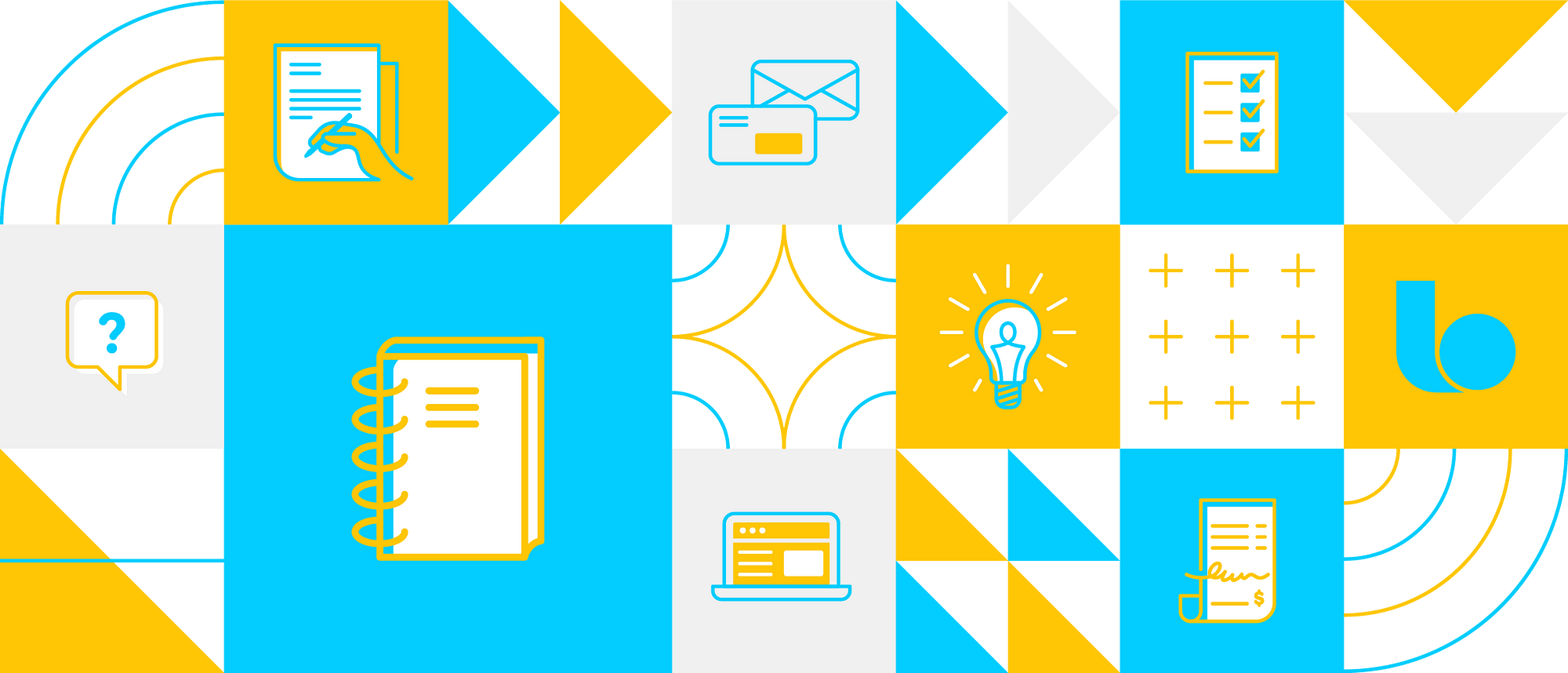Part 1: October 1st, 2017 ICD-10 Coding Changes
October 1st ushered in the health insurance industry’s traditional biannual coding changes. For mental healthcare providers, many codes specific to your specialty have been added or changed. Once a code is no longer billable, insurance companies will deny all claims using the out of date code.
All of these coding changes are a lot to keep up with! This is our first installment in a series of posts to help you as a provider stay up to date on the most appropriate ICD-10 codes to use for your patients.
Why the Changes?
The system that replaced ICD-9 in 2015, ICD-10, is–
“remarkably susceptible to exponential growth, and there are reasons to believe that this is our new normal.”
–ICD-10 Monitor
The medical coding system in the US is continuously expanding the number of codes available to increase the specificity for describing both diagnoses and procedures.
With each update, a substantial number of codes are either added, deleted, or revised. Updates typically focuses on particular fields and this October there were a substantial number of changes to vision coding with 50 new codes for ophthalmologists. There were also many changes for mental healthcare providers, particularly in the area of addiction and substance abuse.
How the Code Changes Affect You
There are roughly 4,000 new codes included in this update. It can be difficult to sift through all of this information to find the changes that impact your practice. Below is an example of how the 2017 changes enable healthcare providers to select diagnosis codes that describe the diagnosis with more specificity.
Example: F10.1 — Alcohol abuse
There are now two more specific codes available for use:
1. The existing code from 2016: F10.10 — Alcohol abuse, uncomplicated
2. And the new code from 2018: F10.11 — Alcohol abuse, in remission
If you use F10.10, you now have the option to be more specific for patients that are in remission.
We know that keeping up with these changes can be a headache. At the end of this article, we have included a guide to the changed diagnosis codes most commonly submitted to Better.
You can review the full list of affected codes by specialty on the ICD-10 Data site. The Centers for Medicare & Medicaid Services also publish the complete list of changes on the CMS website.
Coding Updates for Common Mental Health Codes
Below are a few of the most commonly seen coding changes–
F10.1 — Alcohol abuse
There are now two more specific codes available for use:
- The existing code from 2016: F10.10 — Alcohol abuse, uncomplicated
- A new code for 2018: F10.11 — Alcohol abuse, in remission
F50.8 — Other eating disorders
There are now three more specific codes available for use:
- The existing code from 2017: F50.81 — Binge eating disorder
- A new code for 2018: F50.82 — Avoidant/restrictive food intake disorder
- The existing code from 2017: F50.89 — Other specified eating disorder
F11.1 — Opioid abuse
There are now two more specific codes available for use:
- The existing code from 2016: F11.10 — Opioid abuse, uncomplicated
- A new code for 2018: F11.11 — Opioid abuse, in remission
T14.91 — Suicide attempt
There are now three more specific codes available for use:
- A new code for 2018: T14.91XA — Suicide attempt, initial encounter
- A new code for 2018: T14.91XD — Suicide attempt, subsequent encounter
- A new code for 2018: T14.91XS — Suicide attempt, sequela
F14.1 — Cocaine abuse
There are now two more specific codes available for use:
We are always here if you have questions about coding, billing, or insurance.
Get in touch at support@getbetter.co

